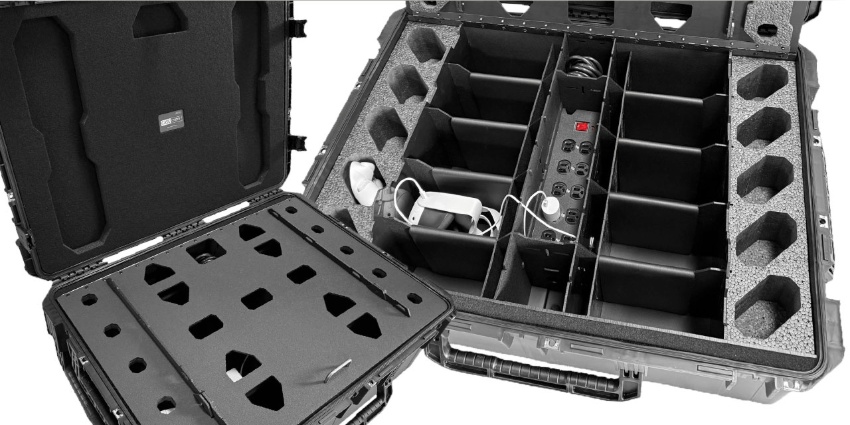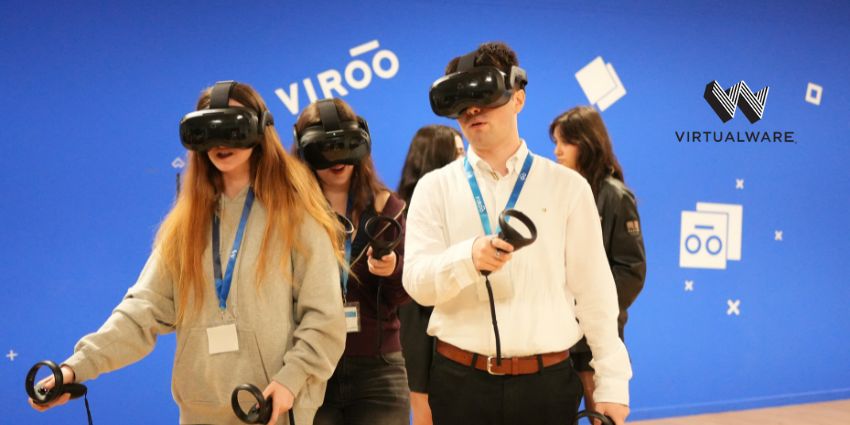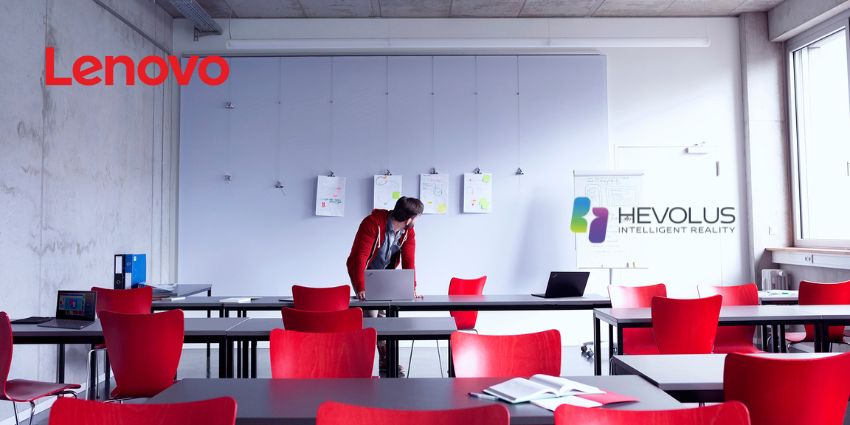California-based hardware designer CaseCruzer has designed a new portable charging station that powers up 10 Meta Quest VR headsets at once. The station features dedicated slots for headsets and controllers, and is designed for quick deployment and easy inventory management.
CaseCruzer spokesperson Tatiana Briceno said:
CaseCruzer portable charging stations ensure devices are always ready for use, enhancing collaboration, team building, and immersive learning.
The station will enable organisations across various industries – such as aviation, healthcare, law enforcement, manufacturing, and education – to seamlessly integrate VR technology into their operations. As VR adoption grows, CaseCruzer continues to lead in enterprise power solutions and protective technology.
Built for enterprise-grade durability, the CaseCruzer charging station combines robust protection with versatile power delivery. Its 10 UL-certified, surge-protected outlets can charge Meta Quest headsets alongside laptops, phones, and tablets, all housed in a virtually indestructible shell.
Key Product Features
The airtight, dustproof and waterproof unit is engineered for mobility, featuring built-in wheels and a pull handle to navigate office spaces and trade shows.
At 37.44″ x 27.04″ x 13.62″ and 64 pounds, it’s substantial yet maneuverable. The station’s ATA 300 rating ensures safe shipping via FedEx, UPS, train, or truck, which makes it ideal for organisations with multiple locations or regular event deployments.
The charging station joins CaseCruzer’s comprehensive lineup of over 500 TAA-compliant solutions, which include protective cases and mobile charging units. This latest innovation reinforces CaseCruzer’s position as a leader in enterprise power solutions, serving various disparate industries with a variety of training needs.
Train Smarter: The Increasing Role of VR in the Workplace
The global VR training market is projected to reach $16.8 billion by 2026, growing at a compound annual growth rate of 42.9%. Studies have shown that VR can also increase the quality of training and an organisation’s productivity expectations as a result of it:
- 82% of enterprises implementing VR expect positive ROI within 3 years
- Corporate VR training software market grew 65% in 2024
- Average training completion rates increased from 75% to 90% with VR adoption
The financial benefits are particularly compelling, with companies reporting training cost reductions of 40-60%, while supercharging learning retention by 76%. Gone are the days of bored trainees and forgotten PowerPoints. From factory floors to operating rooms, businesses are waking up to VR’s double punch of savings and effectiveness.
This isn’t just another tech trend – it’s a training revolution. As VR hardware prices drop and content creation gets simpler, virtual training is bursting out of Fortune 500 boardrooms and into businesses of all sizes. What was once a “nice-to-have” experiment is now a “must-have” advantage for a variety of businesses, as they compete to build better, smarter and faster teams at scale.
Exit Quest Pro, Enter Quest 3s
Say goodbye to the Meta Quest Pro – Meta’s first swing at the enterprise VR market has ended its run. Despite packing some serious tech (colour passthrough, face tracking, and improved optics), its hefty $1,499 price tag had many businesses thinking twice.
Its replacement, the Meta Quest 3s, starts at a more affordable $299.99, yet shares features like Qualcomm Snapdragon XR2 Gen 2 platform and full-colour passthrough vision. It’s available for businesses in combination with Meta’s subscription service, “Meta Quest for Business”, which lets enterprise clients manage their headsets at user, application and device level.
Meta’s message is clear: you don’t need a pro price tag to go pro.







